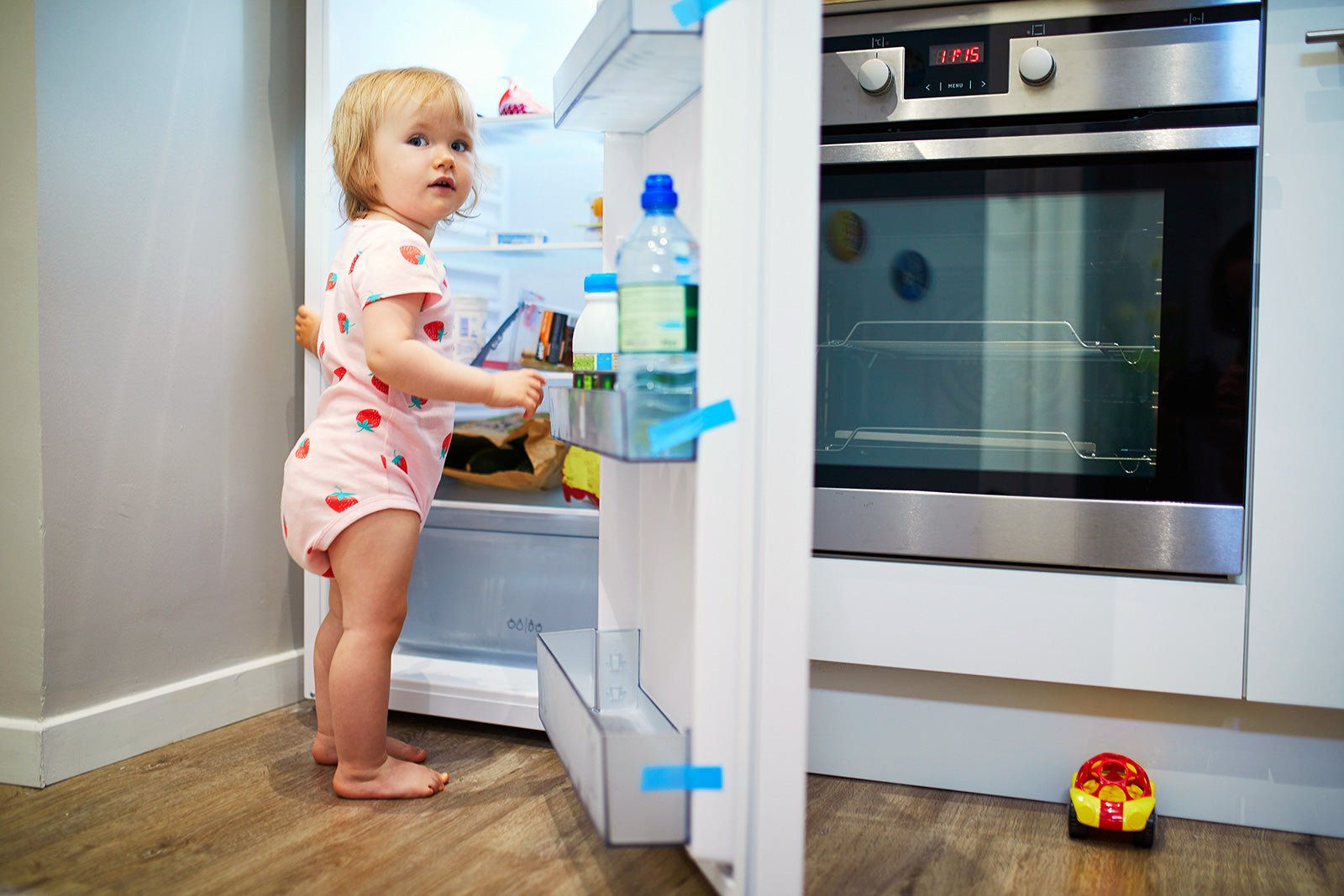Honoring and Understanding the Feeding Tube Journey

All new babies need lots of care. But a preemie baby or one with health concerns or special needs may require exceptional care. If a new baby, young child, or adult has difficulty eating, they may need a feeding tube. In honor of all the families who rely on tube feeding for their loved ones, we’d like to help you understand the feeding tube journey.
Here at the bökee, we understand that many individuals need extra help in their first day, weeks, and even years. Our twins spent almost two months in the NICU before they were ready to come home. That experience and the early days of parenting twins at home inspired us to start the bökee. We hope it helps your family as much as it helped ours.
The bökee is for any type of feeding, including for those using a feeding tube. One of our twins required a feeding tube at age 2.5 years and had it for 11 months. We used our bökee to measure the formula before pouring it into his bag. This step helped us have an accurate measurement and avoid spilling the expensive formula.

Early February is Feeding Tube Awareness Week (February 7-11, 2022). The goal of this week is to help people understand the purpose of feeding tubes for those who need them. And even more than that, this week creates understanding and community around the positive effects and everyday challenges of tube feeding.
The feeding tube journey is close to our hearts, and we are passionate about sharing how feeding tubes can save lives. Bringing awareness to this topic is an honor.
Understanding Feeding Tubes
There are a few different types of feeding tubes, and each serves the same purpose. Their job is to get nutrition into a person who, for whatever reason, can’t eat or drink enough on their own.
A nasogastric (NG) tube is a small, hollow tube that threads through a nostril, down the throat, and into the stomach. The NG tube doesn’t require any surgery, and it’s common to see this feeding tube in the NICU or for someone who will require a short-term use.

A gastrostomy tube (G-Tube) also delivers nutrition right to the stomach, but it goes directly through the outer stomach. The person who needs this type of feeding tube will have minor surgery to place a port. It’s a hollow tube that leads from the outside of the stomach to the inside. Nutrition is delivered through this tube and doesn’t pass through the mouth or throat at all.
The third kind of feeding tube is called a gastro-jejunal (GJ) tube. This tube looks the same as the G-tube from the outside, but the inner portion of the tube delivers nutrition to the small intestine instead of the stomach. GJs are helpful for people who aspirate or otherwise can’t process enough calories through the stomach.
In many cases, the feeding tube is temporary, such as to support a preemie or someone recovering from surgery. But for many families, the feeding tube is a lifelong medical necessity.
Who Needs a Feeding Tube?

Anyone may benefit from a feeding tube. From the newest babies to the most elderly grandparents, tube feeding is for anyone with a condition that prevents them from getting enough nutrition by mouth.
Here are a few examples of situations where a feeding tube is helpful:
- A preemie baby hasn’t developed a strong sucking reflex yet.
- A child has a medical condition such as cerebral palsy that makes it difficult to control food in their mouth.
- An adult is receiving cancer treatments that result in a poor appetite.
- A baby is born with a cleft palate that requires surgery to correct.
- A person loses control over their ability to swallow after experiencing a stroke.
In other words, people of all ages benefit from feeding tubes for a wide variety of reasons. Feeding tubes are life-saving medical devices that people around the world rely on for their loved ones.
How Do I Support a Family Whose Child Uses a Feeding Tube?

If someone you care about has a child with a feeding tube, you may be confused about the best way to support them. It can be challenging to know what is helpful in a situation you haven’t experienced before. And for many people, the feeding tube can seem scary.
As with anything medical, the more you know, the more comfortable you will feel with the scenario. Here are some ways to support a family that relies on tube feeding.
Be Present
If you were planning to take part in the child’s life, that plan shouldn’t change because they use a feeding tube. If you are nervous or intimidated by the tube, talk to the family about it. Most parents are thrilled to help you understand the ins and outs of caring for their children.
Step Up
Many children with feeding tubes also have other medical concerns. It can be very difficult for parents to find child care for kids with complex conditions. Offer to learn how to care for the child to give the parents a break. And if you don’t feel ready for that step, consider paying for trained respite care to allow the parents a chance to be off duty.

Listen
Parenting is exhausting, thrilling, and life-changing. When the new baby has complex needs, those emotions turn up even further. New parents need love and support, and they need to be able to share their joys and frustrations.
Check in with the parents and allow them to talk about everything going on with their kiddo.
Be Generous with the Rainchecks
When you become a parent, spontaneity goes out the window. And even when you plan ahead, things often don’t go the way you expected. When a child has complex medical needs, parents have to derail their plans even more often. Please be patient with tubie parents. They’re doing their best.
Are There Things I Should Avoid Doing?

Sometimes, a well-meaning friend finds a way to insert their foot into their mouth. There are a few things parents of kids with feeding tubes don’t want to hear:
- Please don’t compare their child with a typically-developing child. “My six-month-old did great with applesauce. Maybe you should try that!” Rest assured, special needs parents have already read the books on typical parenting. Then they went on to read several more about their child’s condition.
- Some parents do not like questions about when their child will stop needing the feeding tube. Often, the answer is that nobody knows.
- Please don’t ask why the child has this condition. This is a loaded question that many parents interpret as, “What did you do to cause this?”
In addition, it’s crucial to follow the parent’s instructions regarding their child. If the mom has asked you not to give her child food, don’t do it. Even if the child seems like they could handle that cookie, your sneaky treat might cause significant problems.
Understanding the Feeding Tube Journey is Understanding the Parenting Journey

Every child has unique needs. As parents, we learn to roll with the surprises that come along, even when they are life-changing.
Here at the bökee, we understand that parenting means having your hands full all the time. We invented the bökee for that reason. If you need an extra hand or know a parent who does, this may be the tool for you.
And to the tubie parents out there, we see you, we were a tubie parent. You’ve got so much going on, and you have our deepest admiration and wholehearted support.




